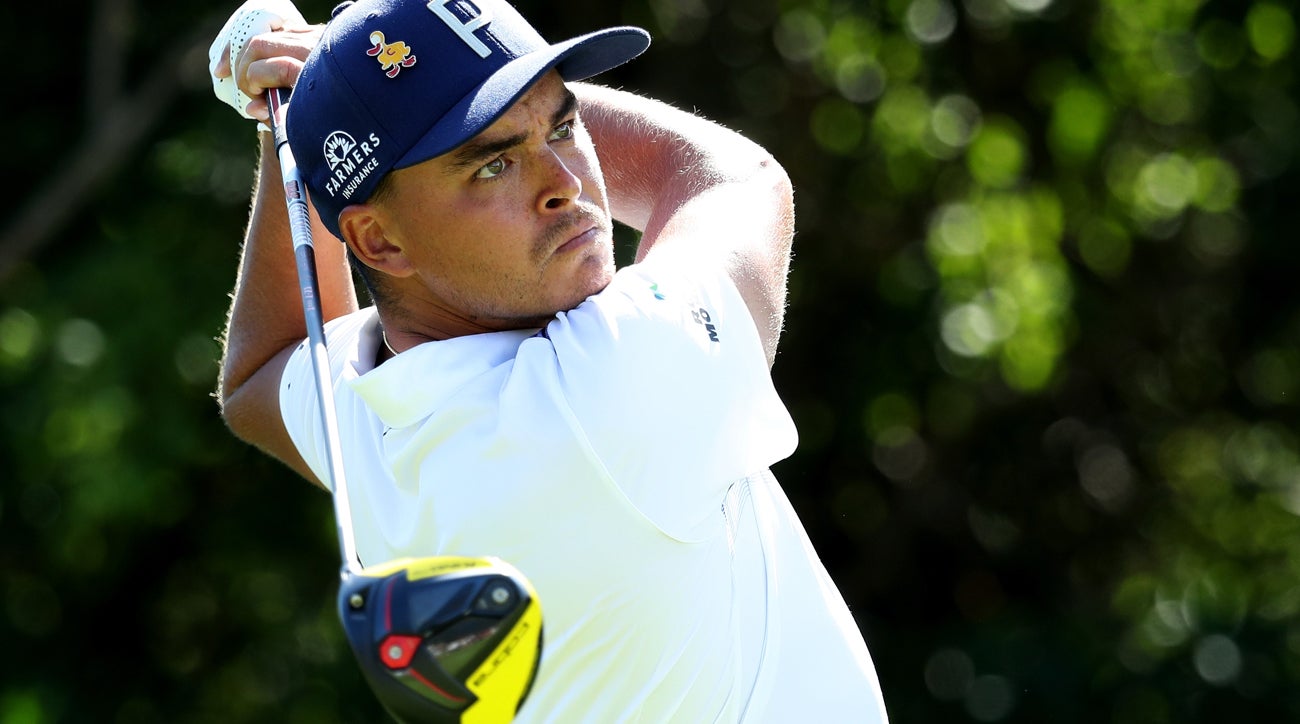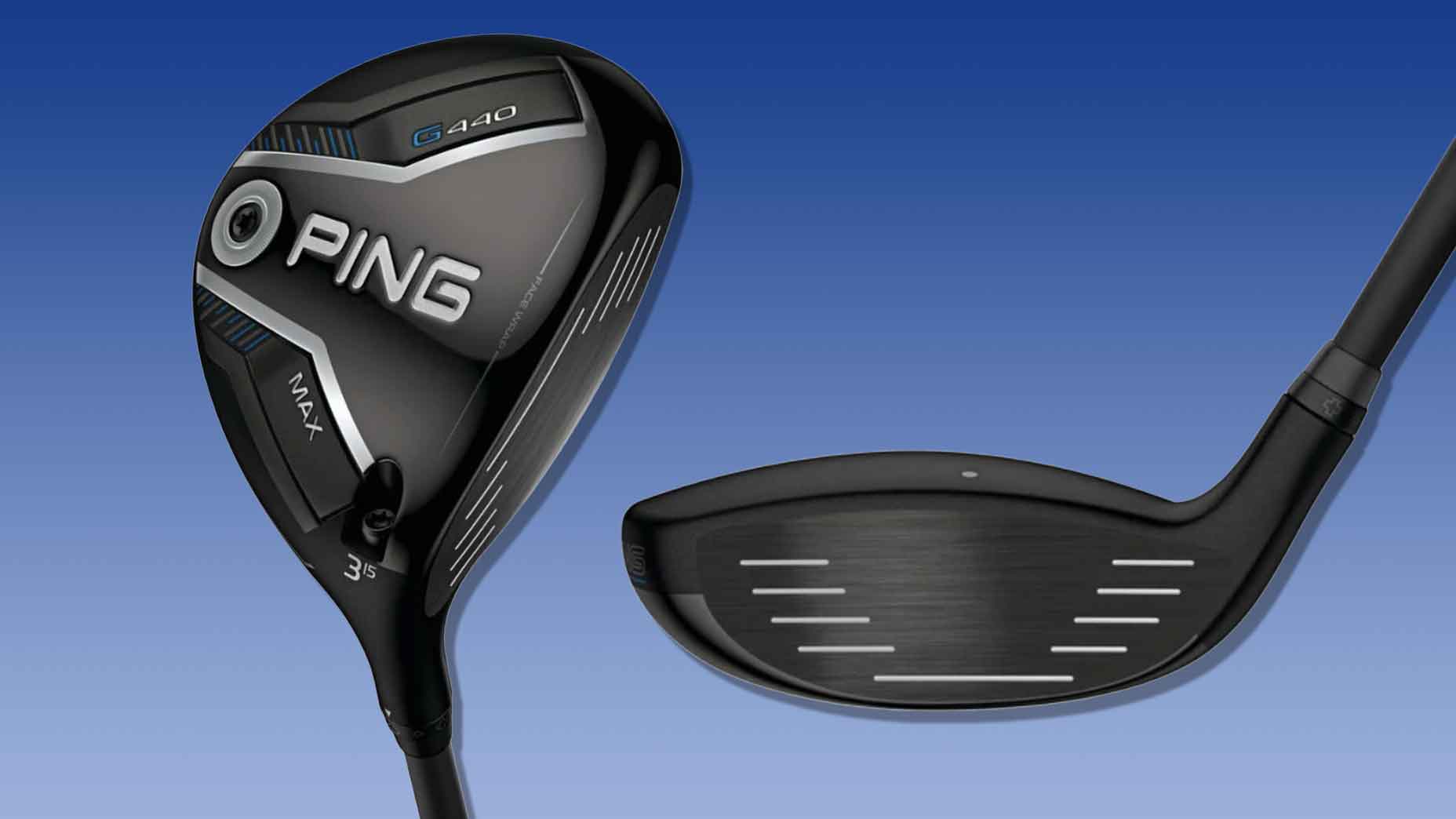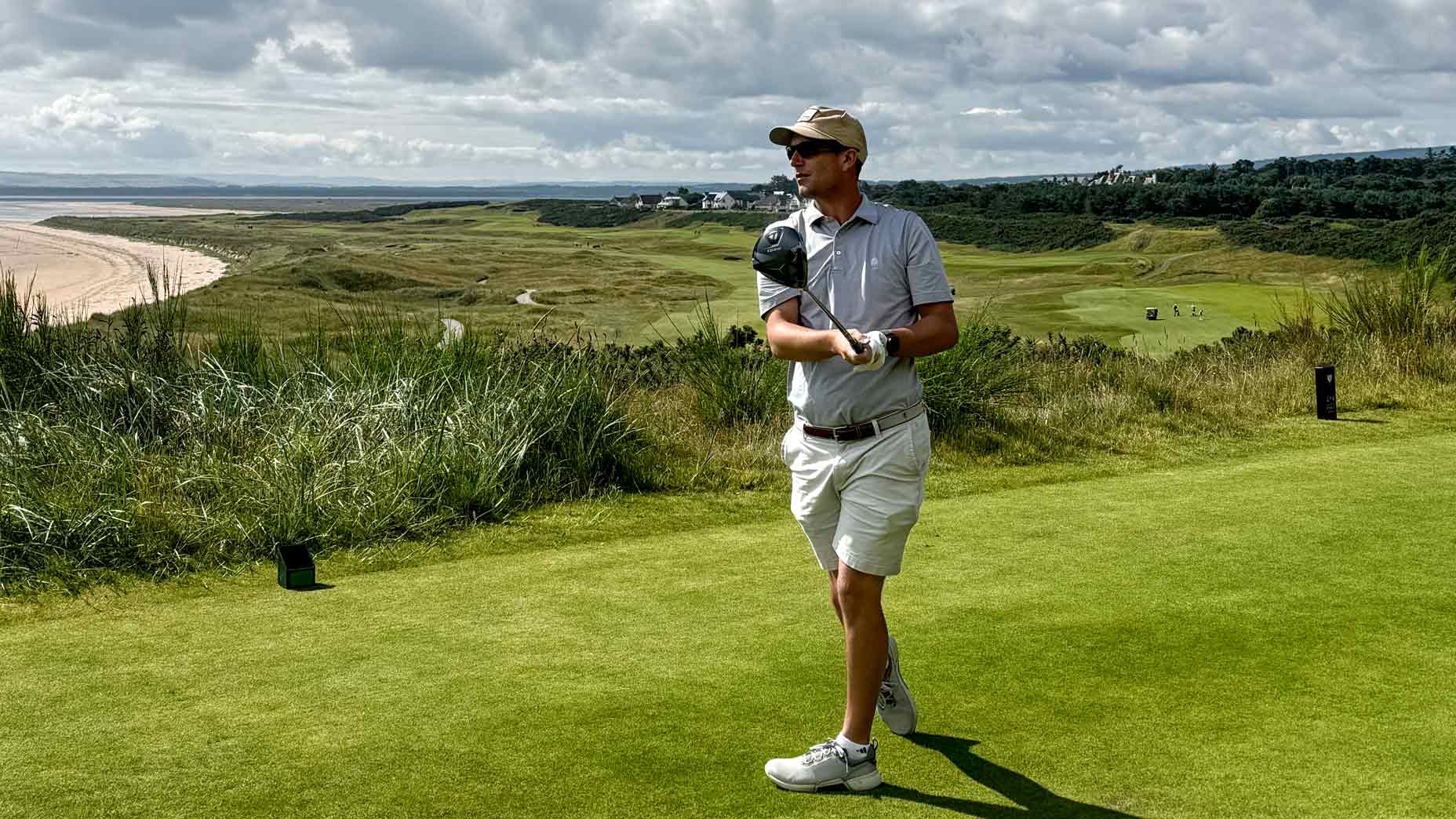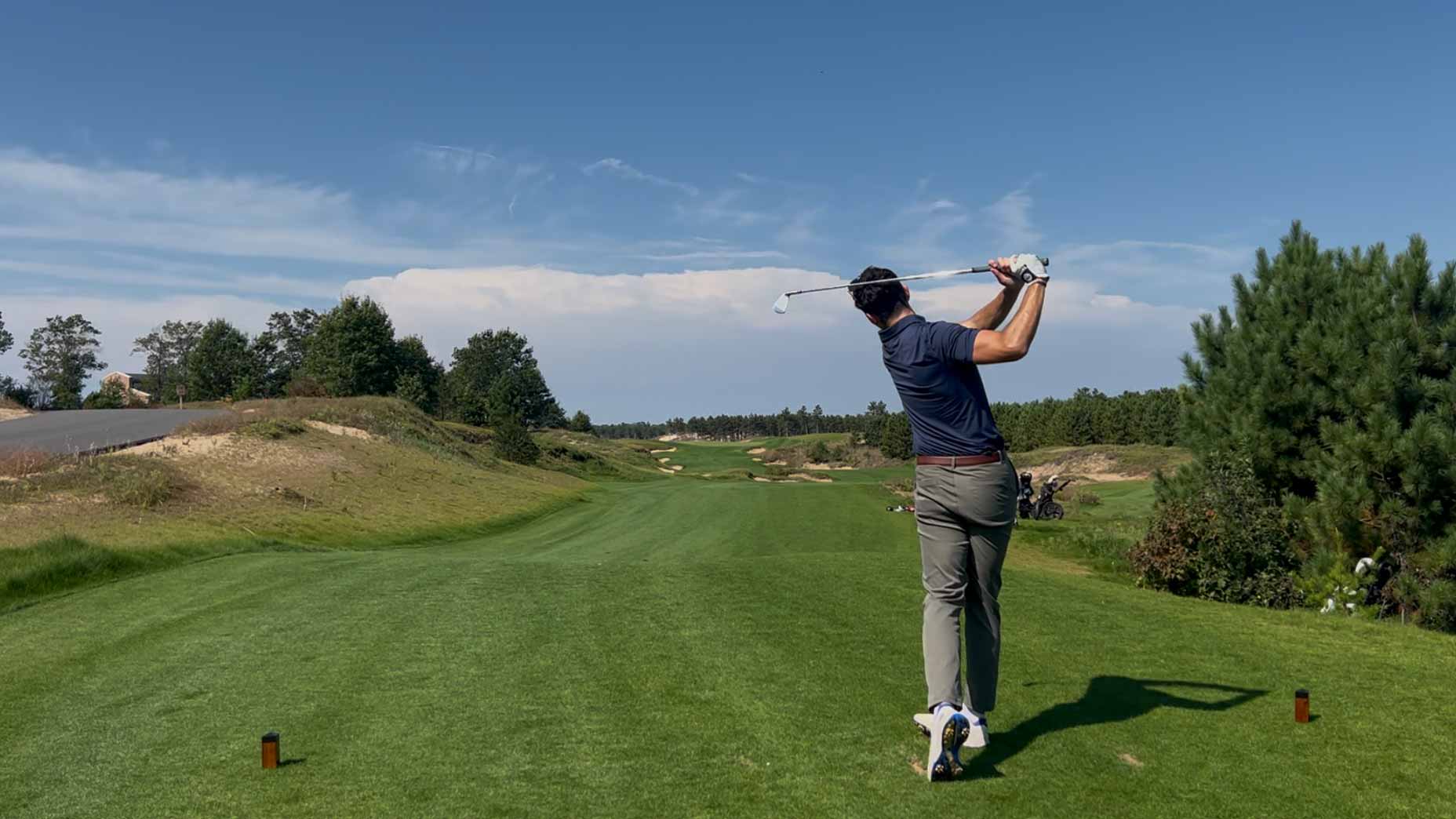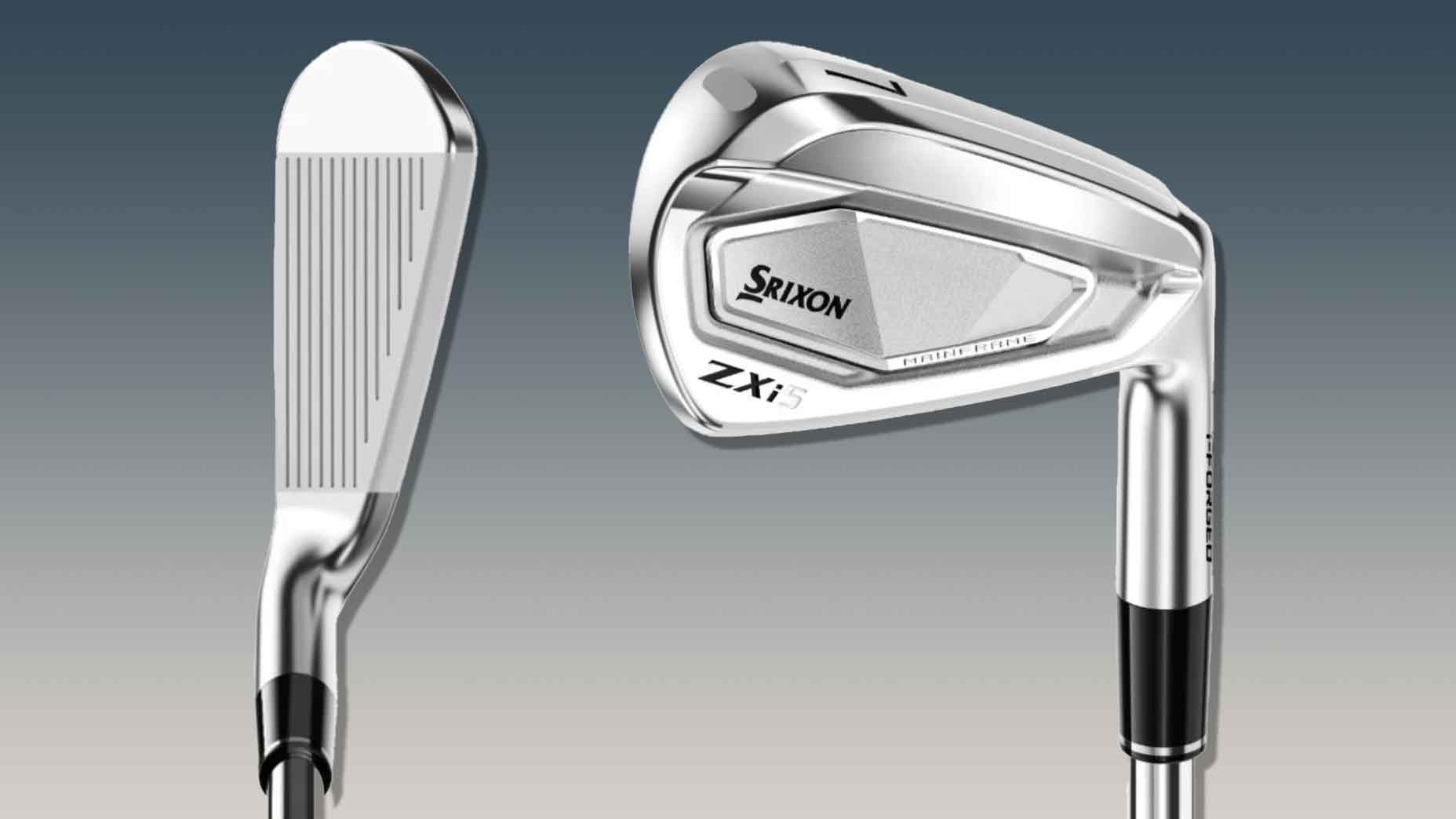It’s sometimes hard to believe six years have elapsed since Rickie Fowler agreed to terms on an equipment deal with Cobra Golf that immediately turned him into the face of Cobra-Puma. Over those six years, Fowler has grown into quite possibly the most marketable golfer in the world, with a reach that draws in golfers of all ages and skill levels. During his time with Cobra, Fowler has taken on a larger role in the product design space, offering up feedback and ideas that have helped shape the equipment manufacturer’s vision.
Fowler’s fingerprints are all over a few of Cobra’s recently released products — from the shaping and look of the Cobra King F9 Speedback driver to the King Forged MB irons, which are practically an exact replica of his current blades, down to the tungsten slugs in each head.
“I know my place when it comes to helping offer up feedback on a new product,” Fowler told GOLF.com. “We have some brilliant minds creating these clubs, but I always want to let them know what I think about something new when it’s being created.”
With the recent launch of Cobra’s 2019 lineup, Fowler offered up his thoughts to GOLF.com on the recently released F9 Speedback driver, the purpose behind the tungsten slugs in his iron heads and how often he changes wedges over the course of a season.
On his first impression of Cobra’s King F9 Speedback driver:
I loved the look when I first saw it at [The Players Championship]. I gave them some feedback on the driver, but what I liked most was that there wasn’t a whole lot of contrast on top at address, but when you turn it over, there’s a ton of color going on. Things really blended together. When I saw the rear of the driver, I thought it looked like the brake light on the back of an F1 car. It had the aero, fast look they were going for. At address, I thought it looked a little bit cleaner. The edges were rolling off a bit more and had a softer look to them, so I was excited about it from the beginning. When they first brought one of the stock drivers to the shoots, I thought it was the best stock driver I’d ever hit with them. Feel, sound, flight, dispersion. It checked all the boxes. I figured it was going to be the easiest and simplest to put straight in the bag, and it was.

On the biggest difference between King F9 Speedback and last year’s King F8+ driver:
For me, the consistency was what stuck out when I first started testing it. The numbers on the mishits weren’t drastically different from a center strike, but then again, the faces of these drivers over the last 10 years have been all but maxed out, so distance has never really been an issue. Where I’ve started to notice the biggest improvement is in the tighter window I’m seeing. Any time you can tighten that dispersion pattern, you’re going to hit more fairways and spend less time in the woods.
On why he plays the driver at 43.5 inches:
I’m still playing my driver at 43.5 inches and my irons are a half-inch short. Basically, going shorter, especially in the driver, I felt like it was easier to get the club back out in front of me. I’ve always played from a somewhat laid off position, so the shorter length helps with that and allows me to stay in my posture. You want your clubs to fit your game, whether you’re shorter or taller. That comes down to working with a fitter or someone you trust to make sure your setup is tailored to your swing.

On the 3-wood being a positional club in his setup:
The 3-wood is a positional club I’m trying to hit 265 yards; I don’t want this getting close to my driver. There are a few more benefits with the new fairway wood when compared to the F8. I realize I’m not one of the longest players on Tour, so I’m trying to wear out the center of the face and hit my numbers. There’s no point, even with the 3-wood, to just bomb it out there.
As far as the new King F9 3-wood is concerned, the color scheme fits my eye with the matte black on the crown, and the CNC milled face is certainly a benefit because it’s already something I’ve become comfortable with since it was added to the F8 driver.

On his iron specs and the preference for a darker finish:
The black finish isn’t something you see very often on Tour with guys, but I like the look and think it makes the head look slightly smaller and more compact. My irons have a hair of offset, but it’s about as close as you can get to having zero offset. For some reason, going to absolutely no offset makes the iron look like it has some onset to me, which I don’t really want. The only knock on them is on an early morning when we play and the sun isn’t peeking out yet, the dark finish has sometimes made it tough to see the irons when we’re warming up [laughs]. Good thing our rounds aren’t played in the dark.

On the purpose behind the tungsten slugs in each iron head:
We started throwing tungsten in the hitting areas (toe and sole) to weight the heads up because I was playing the irons at a shorter length. But adding that additional mass actually gave it a solid, heavy feel to the center hit. It’s a feel that I’ve grown to love.
On his wedge specs and how often he’ll add a fresh one to the bag:
I play a thinner sole on the 52-degree, but only because I’m usually never using it out of the bunker. That wedge and my 56-degree don’t change at all when it comes to loft and bounce throughout the year. When I’m playing in softer sand conditions, I’ll use the 56 with the wider sole. The 60 has effective bounce as well for normal bunker play, but the grind allows me to open the face more and be creative. I’ll probably go through two wedges in the 52 and 56 during the year, and probably get a new 60 every two to three months during the course of the season.


